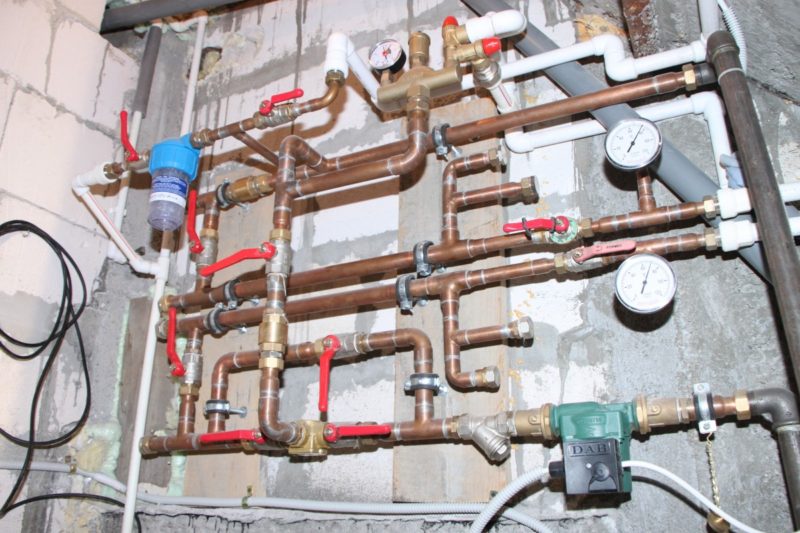Do you know what is a storage heater? If not yet, then you come to the right place because we’re here to help you out. A storage heater, also known as a heat bank in Australia, is a type of electric heater that holds thermal energy in the evenings or overnight when power is cheaper and then distributes it as needed throughout the day.
On the other hand, solar-powered heaters are meant to retain excess solar heat, which can then be emitted at midnight or even during other times when needed, making them more inexpensive than sending extra power to the system and purchasing it again in the evening.
So, if you’re interested in this article, keep on reading it at the end. Below we have discussed storage are room heaters, working principles, and their types. Let’s have a deep look at it.
What A Storage Heater Is?
In this paragraph, you will understand the answer to your question: what is a storage heater? Storage heaters are electrical room heaters that store thermal energy by heating interior ceramic blocks overnight and then releasing the warmth throughout the day to maintain your house warm.
Storage heaters are generally designed for users on a duration electricity tariff, including Economy 7, which offers a lower cost for using power overnight (usually 12 pm-7 am). People on such taxes can heat their homes with lower off-peak power by installing a storage heater throughout the day. Storage heaters are only truly cost-effective if you have never had access to the main gas supply because of the high cost of electricity.
Working Principle Of Storage Heaters
Ceramic material (grog), concrete walls, clay bricks, or water containers are generally used to construct storage heaters. Zeolite, for example, is a unique substance. This substance is used to store heat. The material has electrically heated features that may be activated to warm the storage medium and store energy. Heat is continually released from the stored energy (convection and thermal radiation). Storage heaters featuring motorized blowers can flow air via the heater to accelerate the heat transmission. Here’s the answer to your question: why wont my heater turn on?
Storage Heater Applications
Storage heaters are typically used in combination with a two-tariff energy meter that records power usage throughout off-hours independently so that it can be charged at a lesser rate. The home must have been on a specific power tariff to profit from the decreased prices.
Storage heaters are now only cost-effective (in comparison to other sources of warming) across many locations if they’re used with a particular tariff. The Economy 7 tariff is suitable in the United Kingdom. A charge control (commonly called input) regulates the amounts of heat kept, and an outflow regulation (often called output) governs the heat transfer pace.
The operator may use such settings manually or periodically after the user picks the desired ambient temperature on the thermostat. A storage heater can also include an electric heater (whether resistor radiators or heat pumps) to boost heat output. If the additional heating is resistive heating, it is costly since it happens at a high tariff during the daytime.
Types Of Storage Heaters
The storage water heater has many types, some of it discussed below:
#1. Manual storage water heaters
The most conventional variety is given this name. These eaters are a tried-and-true heating technology and the most straightforward approach to take advantage of lower night-time energy rates. They provide analog management of a thermal process that utilizes charging time. Inner ceramic components could heat up in older manual models. Heat can be sent at inopportune moments without regulators or timers, resulting in frigid nights frequently. If you plan on remaining at the house for long durations, utilizing them as a source of heat might be inefficient, paying you extra cash and squandering energy.
#2. Smart storage heater
The latest and sharpest form is the slim, attractive, smart heater, with various features and gadgets. Newer ones allow comprehensive control over your surroundings, just like their ancestors did when they took advantage of reduced economy 7 prices.
The most recent models were Lot 20 compatible, making them cost-effective yet inexpensive. These can correctly sense average temperature and heat the space by radiating and convecting heat. Air vent monitoring, which analyzes and responds to fast temperature fluctuations, is one of the energy-saving methods. The intelligent heater’s efficiency is improved by Adaptive Start, as well as the 7-day 24-h schedule preserves the boosting option for excess heat. An internet connection is available on several intelligent heaters, enabling it to be operated wirelessly.
#3. Automatic storage heater
These are an excellent substitute for previous models since they provide efficiency and adequate heat dispersion while being simple to use. Enhanced versions regulate nightly recharge based just on room temperature throughout the day – a proper function that has been carried across to the advanced line. Know how do storage heaters work.
It’s A Wrap!
We hope that reading this article is just fun for you, and after reading it, you all will come to know what is a storage heater. Above we have discussed everything in detail, and we will determine that this article assists you a lot in finding the answers to this question. Thank you, friends, for being with us at the end!
You may want to read related articles; know how to clean a wall heater and how to warm up a room without a heater.

